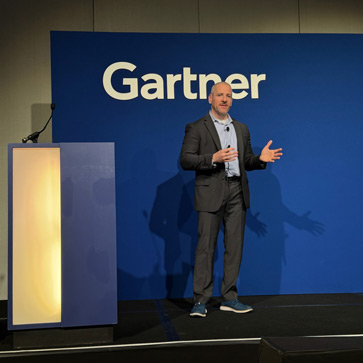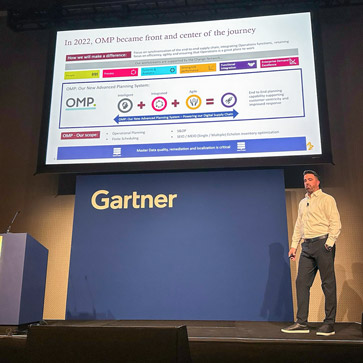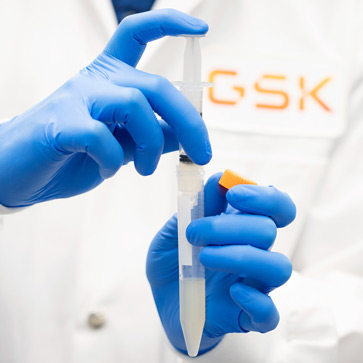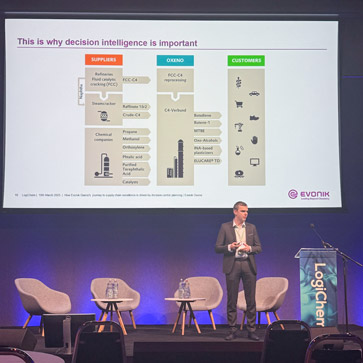
Key takeaways from the Johnson & Johnson presentation
October 15, 2024
Johnson & Johnson’s transformation from tactical execution to value creation
Case study
At the recent Gartner Supply Chain Planning Summit, Johnson & Johnson’s Director of Integrated Business Planning, Agathe Blanchard, presented the company’s ambitious Advanced Planning Transformation (APT) 2.0 initiative. This transformation comes at a time when J&J’s supply chain faces unprecedented complexity. Post-COVID demand volatility, global supply shortages, and evolving sustainability requirements are all part of the challenging landscape. APT 2.0 marks a strategic pivot, reimagining the supply chain as a value-driven, resilient function that enhances agility and drives growth.

Case study
Addressing critical supply chain challenges
Johnson & Johnson’s APT 2.0 is designed to tackle some of today’s most pressing supply chain challenges:
- Managing demand fluctuations: The volatility in demand, intensified by recent global events, is managed through advanced data utilization and scenario planning. These tools help J&J predict and adapt to changing demands.
- Navigating supplier constraints: Material shortages and long lead times require sophisticated forecasting and multi-echelon inventory optimization strategies to ensure resources are available when and where they’re needed.
- Balancing sustainability and compliance: With new environmental and regulatory requirements, APT 2.0 integrates sustainability into every planning step, refining processes to meet compliance standards and environmental goals.
APT 2.0’s three strategic Imperatives – the 3A approach
Case study
APT 2.0 is guided by three core strategic imperatives, known collectively as the "3A Approach":
- Automate: By building trust in data-driven systems, J&J is advancing toward exception-based planning, freeing planners to focus on high-value activities. Automation not only enhances efficiency but also creates a more consistent planning experience across the organization.
- Anticipate: Leveraging intelligent algorithms and machine learning models, J&J can better predict and adapt to demand variability. This proactive approach enables planners to make decisions based on data and insights, optimizing parameters to reduce complexity and manage fluctuations.
- Accelerate: An end-to-end alignment strategy promotes agility by fostering cross-functional collaboration. This imperative allows departments to work seamlessly together, enhancing J&J’s responsiveness to market shifts and disruptions.
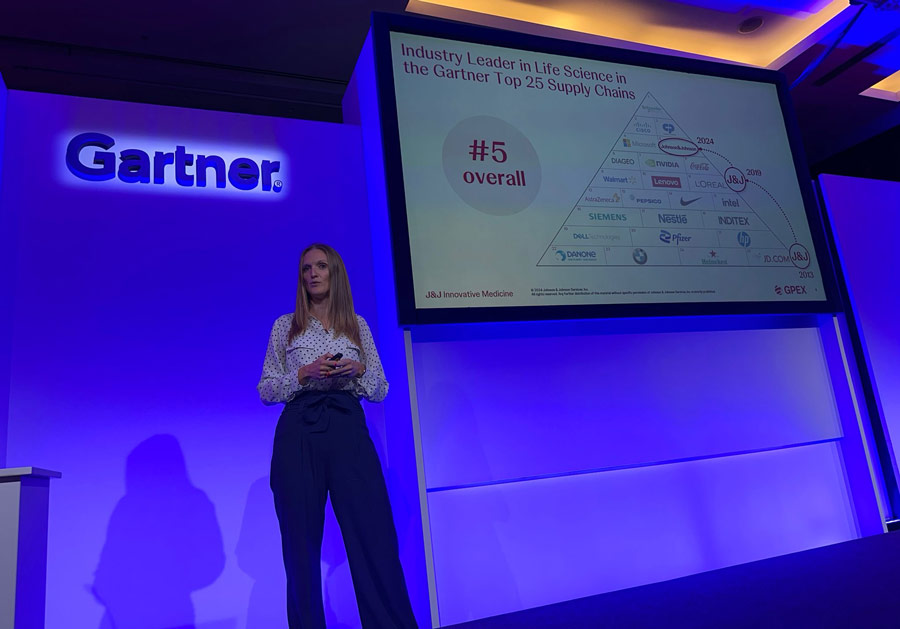
Case study
Driving value across the supply chain
Johnson & Johnson’s APT 2.0 initiative is already demonstrating value across the supply chain through several transformative measures:
- Enhanced forecast accuracy: By utilizing demand segmentation and minimal-touch SKUs, J&J has achieved a first-quartile performance in forecast accuracy. Monthly reviews across commercial, finance, and supply chain functions further strengthen consensus, ensuring everyone is aligned on projected needs.
- Integrated scenario planning: Scenario planning now serves as a cornerstone of J&J’s approach, with a shared library of repeatable scenarios. Real-time adjustments to planning parameters allow teams to see the impact of different strategies, fostering informed decision-making within the Integrated Business Planning (IBP) framework.
- Data quality improvements: Weekly automated data quality tests are used to maintain high accuracy in core planning systems. Through collaboration with data science teams, this approach reduces errors and rework, creating a more efficient and effective planning process.
Redefining the planner’s role
One of the most significant aspects of APT 2.0 is the evolution of the planner’s role from tactical execution to strategic orchestration. J&J envisions planners as orchestrators who leverage AI-driven insights to make decisions aligned with business goals. This shift empowers planners to optimize cash flow, enhance efficiency, and contribute to growth on a broader scale, transforming planning into a key driver of organizational value.
Looking forward – implementing MEIO
As J&J advances APT 2.0, it is also moving toward the implementation of a cloud-based, multi-echelon inventory optimization (MEIO) model. This model is adaptable to various supply chains and offers significant benefits:
- User-friendly design: The model is easy to adopt and minimizes training requirements, helping teams integrate it quickly into their workflows.
- Model adherence tracking: MEIO tracks adherence to recommended models, identifying and addressing gaps to ensure optimal performance.
- Enhanced collaboration: By visualizing each team’s contribution, MEIO fosters cross-functional coordination, which is vital to inventory optimization and overall supply chain success.
Key learnings and success factors
Case study
Johnson & Johnson has identified several critical factors for APT 2.0’s success:
- Long-term leadership support: Ongoing commitment from leadership ensures alignment with the broader business vision.
- Value-driven collaboration: Emphasizing end-to-end, cross-functional teamwork enhances both efficiency and the value created by APT 2.0.
- Preparing planners for the future: Through a focus on education, experience, and exposure, J&J equips planners with the skills they need to excel in their evolving roles.
- Synchronizing digital and process roadmaps: Aligning digital solutions with business needs ensures the sustainable, value-driven growth of APT 2.0.
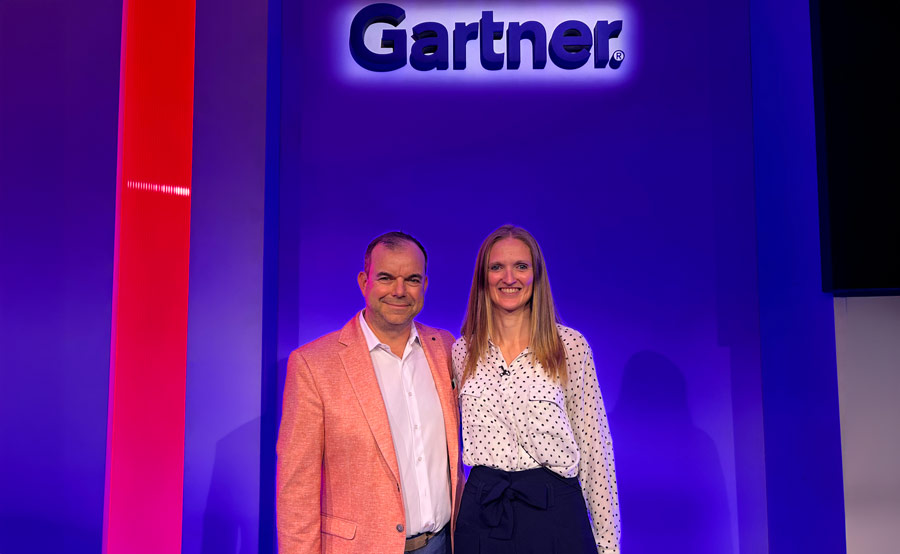
Case study
Conclusion
Johnson & Johnson’s Advanced Planning Transformation 2.0 represents a bold step forward in supply chain planning, combining automation, intelligent forecasting, and agile decision-making to create a resilient, future-ready supply chain. As APT 2.0 evolves, J&J’s focus on data-driven decision-making, scenario planning, and collaboration will continue to enhance its ability to meet the demands of an increasingly complex market, setting a high standard for supply chain excellence.
